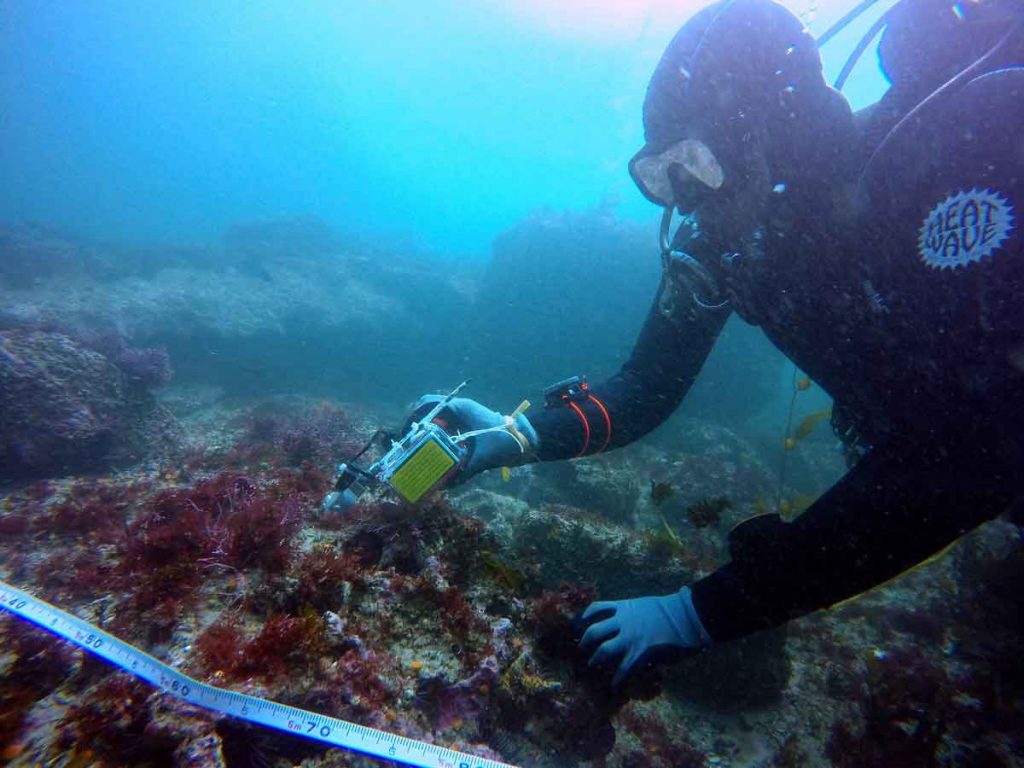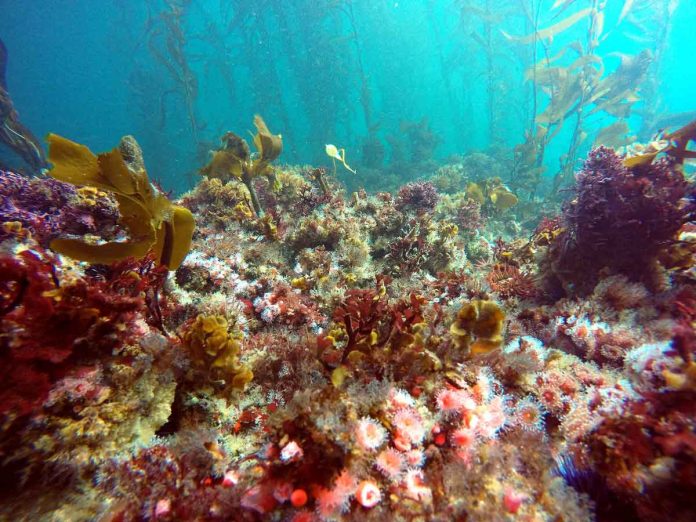Oregon State University scientists suggested restoration efforts for kelp forests may be most effective in areas where the bedrock seafloor is highly contoured.
The study has been published in Proceedings of the National Academy of Sciences. The study is important because kelp are under siege from environmental change and overgrazing by urchins.
Scientists showed that kelp forests in areas with ocean floor ruggedness tend toward stability. It is scientifically termed substrate complexity or surface rugosity.
There were urchins in kelp forests growing in areas of high substrate complexity. But those urchins did not cause widespread destruction of kelp forests. Substrate complexity retains “drift algae”. It is detached pieces of kelp and other algae. These urchins prefer to eat over live kelp.
Kelp is a foundation species that occupy 50% of the world’s marine ecoregions. They thrive in cold water. They form large aquatic forests that provide essential habitat, food and refuge for many species. Their sensitivity to certain growing conditions means climate change.
Warming ocean are particularly problematic for them. Kelp is often harvested for use in products ranging from toothpaste to shampoos. They help in supporting nutrient cycling, shoreline protection and commercial fisheries. Kelp’s value in the range of billions of dollars annually.

Scientists looked for a connection between seafloor structure and kelp forest health. Scientists looked at decades of data from subtidal monitoring around San Nicolas Island. The island is the farthest offshore of the Channel Islands off the Southern California coast. The data came from nearly 40 years of biannual surveys by scientific SCUBA divers.
Scientists demonstrated a link between substrate complexity and kelp forest dynamics. Scientists found that relatively flat seafloor locations showed abrupt transitions between kelp forests and urchin barrens.
They suggested restoration efforts could target areas with abundant substrate complexity to create “hotspots of resilience”. Another interesting component of the findings is that urchin density in a healthy kelp forest was often similar to that of an urchin barren. Animals that often gets a bad rap as a destroyer of kelp forests may actually be just one piece in a much larger puzzle.

